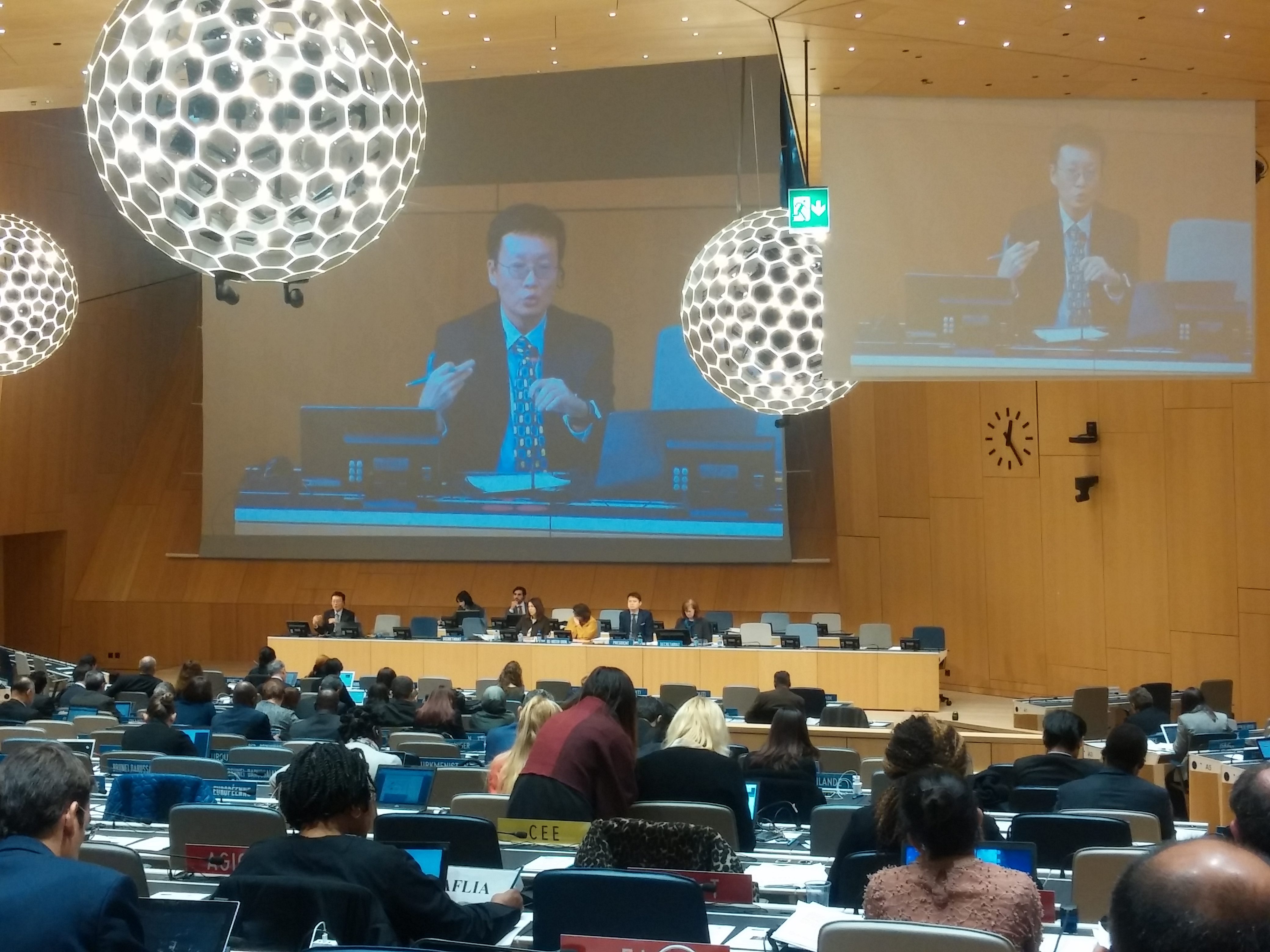Today, at the 35th session of the WIPO Standing Committee on Copyright and Related Rights, Professor Daniel Seng presented his Updated Study and Additional Analysis of Study on Copyright Limitations and Exceptions for Educational (SCCR/35/5 REV).
Communia is a permanent observer of the Committee, and the following questions were made by me on its behalf:
Good morning, ladies and gentleman.
I’m speaking on behalf of COMMUNIA International Association on the Digital Public Domain.
We would like to thank the Secretariat for arranging for the update and expansion of the study on educational exceptions, and Professor Seng for conducting such study.
We have a few questions for Professor Seng regarding flexibilities, limitations and exceptions to TPM protection in the context of education.
According to your study, about 60% of WIPO Member States do not provide for flexibilities, limitations and exceptions to the protection of technological protection measures. Those findings are very concerning because, according to an impact assessment study conducted by the European Commission in 2016, technological restrictions are the most frequently encountered copyright-related obstacle by users of digital works in education: 31,2% of educators and 36,9% of learners stated that they “are not able to access, download, use or modify a digital work because of technological protection”.
When anti-circumvention laws were drafted at the international level, they were expected to protect TPMs insofar as they restricted acts not authorized by rightsholders. My first question to is if you think that this international legal framework permits users from circumventing technological measures when their aim is to exert their legal rights under the copyright exceptions, and if you believe that it would be appropriate for national laws to allow users to circumvent technological measures in order to exert their rights under educational exceptions?
My second question concerns Member States that do not allow circumvention. In the impact assessment study that I mentioned, mechanisms available to end-users to enforce their rights to use TPM-protected works, without circumventing the TPMs, were only identified in 8 EU countries, which means that 20 EU countries are doing nothing to ensure that their teachers and students can enjoy their rights under national copyright exceptions. Furthermore, even where such mechanisms exist, they can be very burdensome. In Germany, Spain and Sweden it is necessary to go to court to get access to the TPM-protected work. In France, Italy, and the United Kingdom, it is necessary to file a complaint with the relevant authorities or open a mediation procedure.
So, my second question to you is: what are the mechanisms available to teachers and students to enforce their rights to use TPM-protected works in those Member States that do not permit the circumvention of the TPMs?
Finally, I would like to know which country do you think has the most adequate provisions to ensure that beneficiaries of exceptions and limitations for educational purposes can legitimately access and use TPM-protected works?

